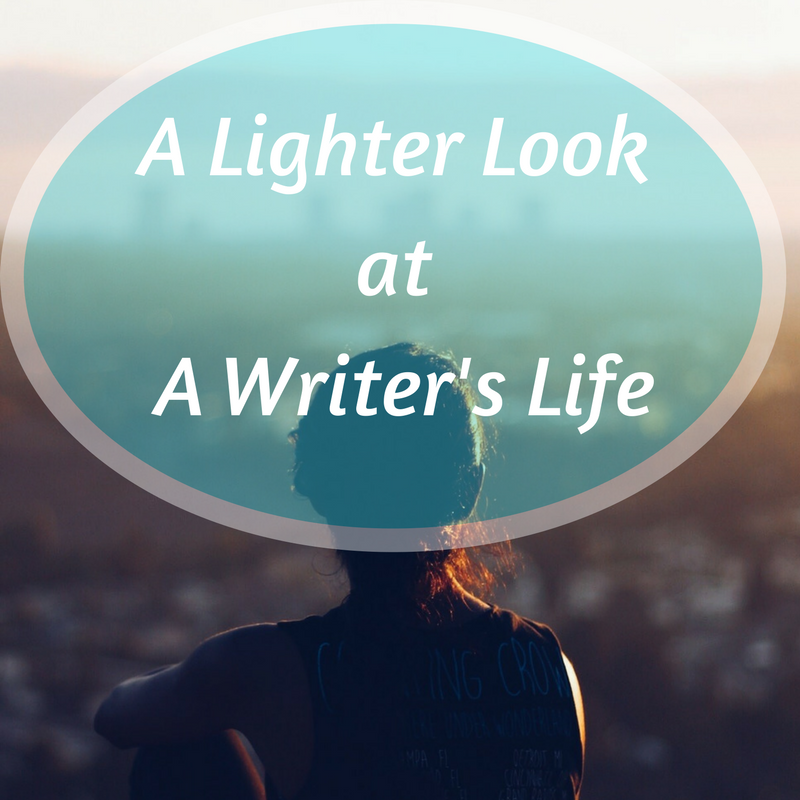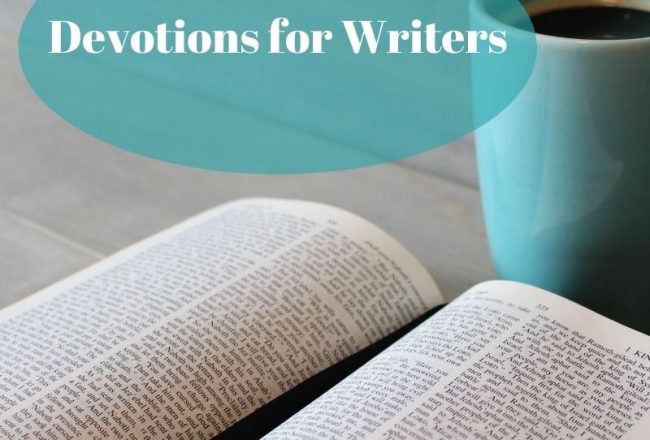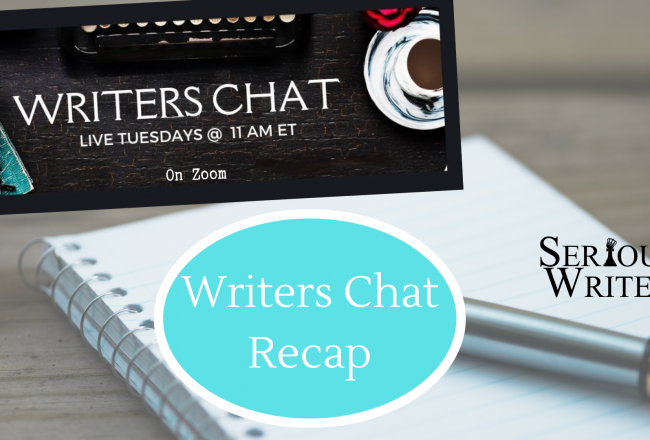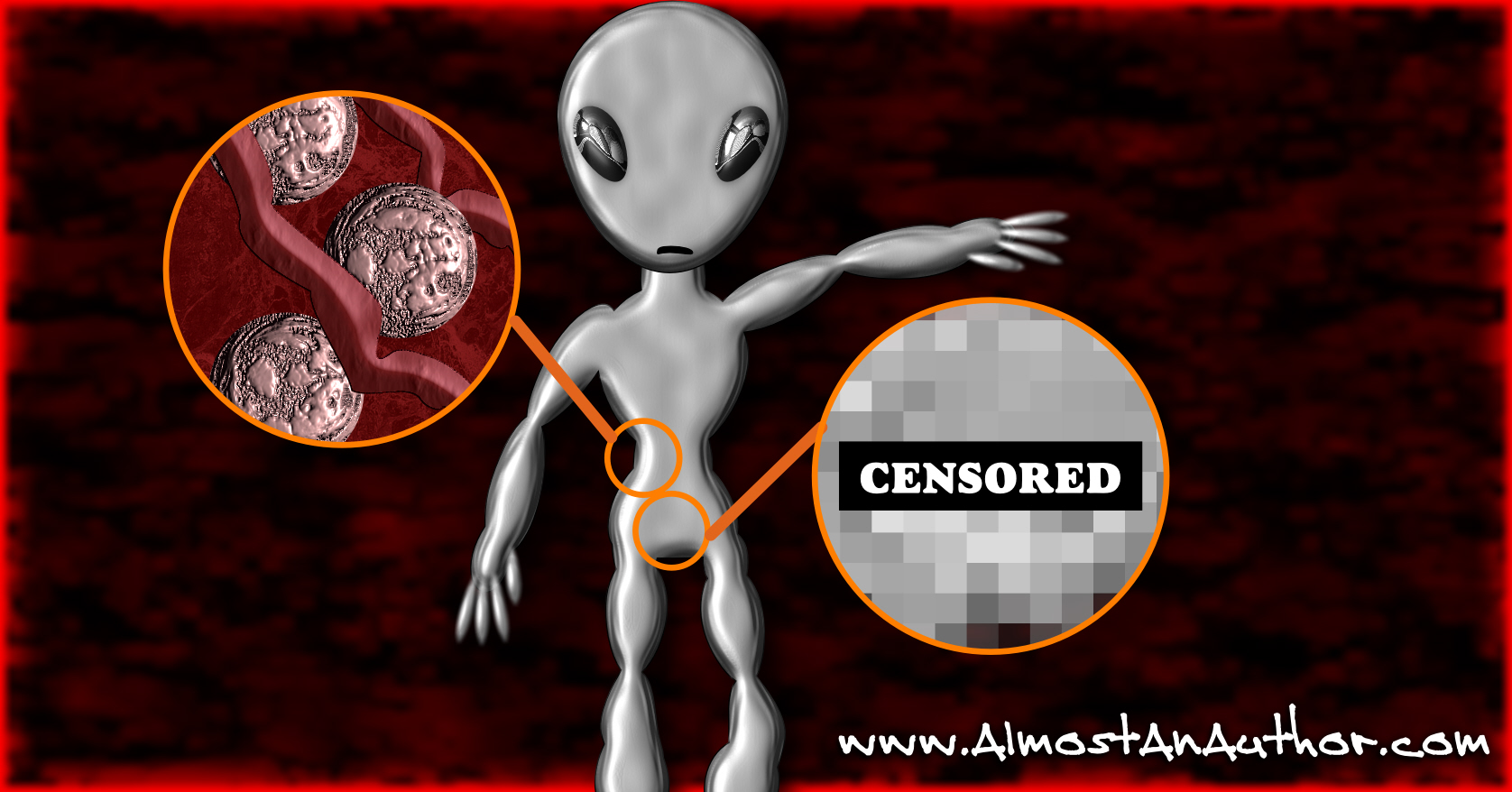
Anatomy of Grays: Sex
Jim held a gray spheroid up to the light. “So Doc, you’re saying the sex of this alien was…
February 13, 2017
Jim held a gray spheroid up to the light. “So Doc, you’re saying the sex of this alien was…
February 13, 2017
Over the last twenty-five years, books have been my passion and the bulk of my writing life. It’s not where I began…
February 12, 2017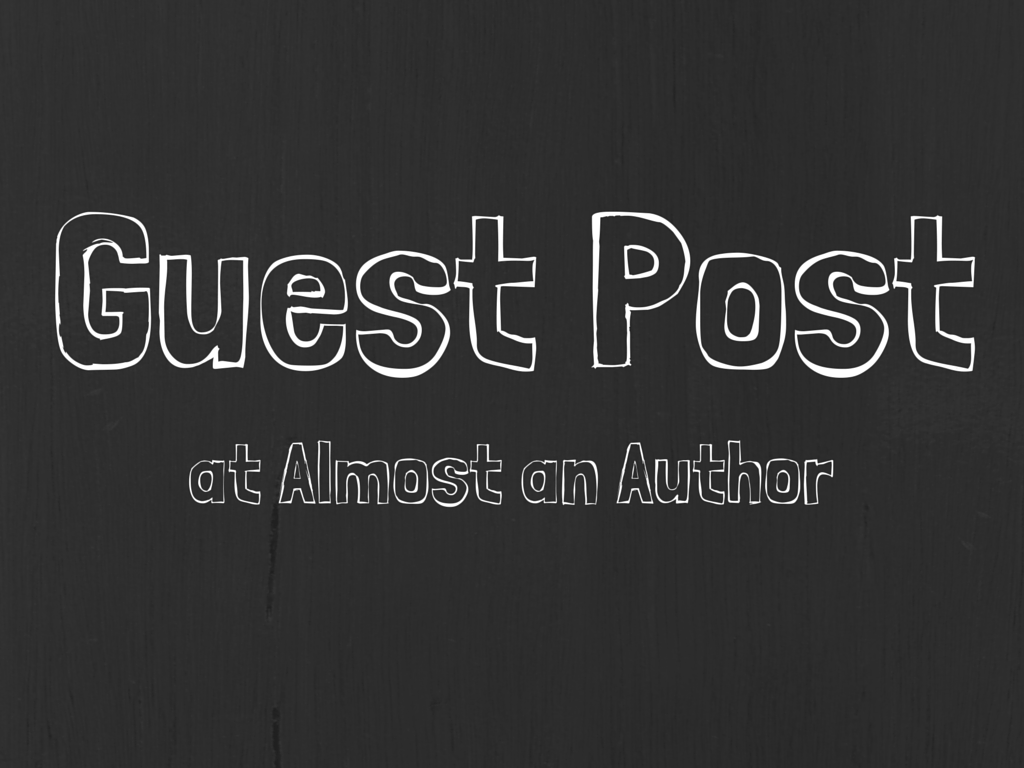
If you are reading this, you are either writing a book or considering the possibility. Writing a book…
February 9, 2017
As writers, we have the power to tear down the boundaries of paper and ink when we craft a…
February 8, 2017
Elaine Marie Cooper On the way to meet a friend for coffee the other day, my eye caught a…
February 7, 2017
“A group of underdogs are united through unusual circumstances and are forced to work together using their individual strengths…
February 6, 2017
I quit. Ever been there? I’ll admit it: there are times when I think I want to give up…
February 5, 2017
“Falling in love in a Christian way is to say, ‘I am excited about your future and I want…
February 3, 2017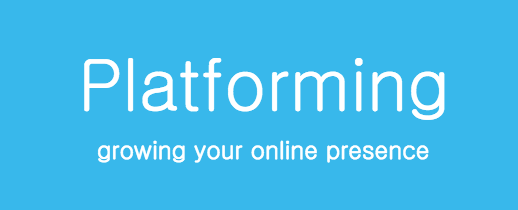
by Susan Stilwell @susanrstilwell Busy writers are often consumed with projects. We all have at least one WIP and if…
February 2, 2017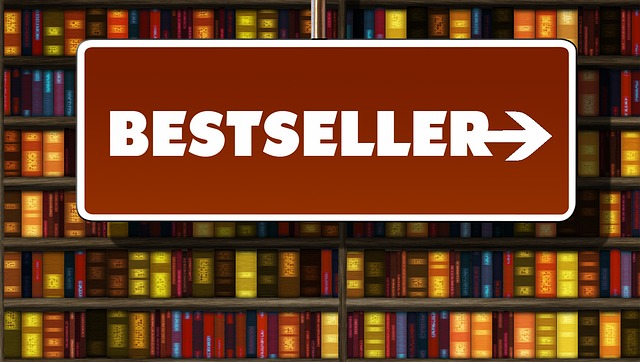
Can you share a little about your recent book – The Drift, Following the death of his wife and son,…
February 1, 2017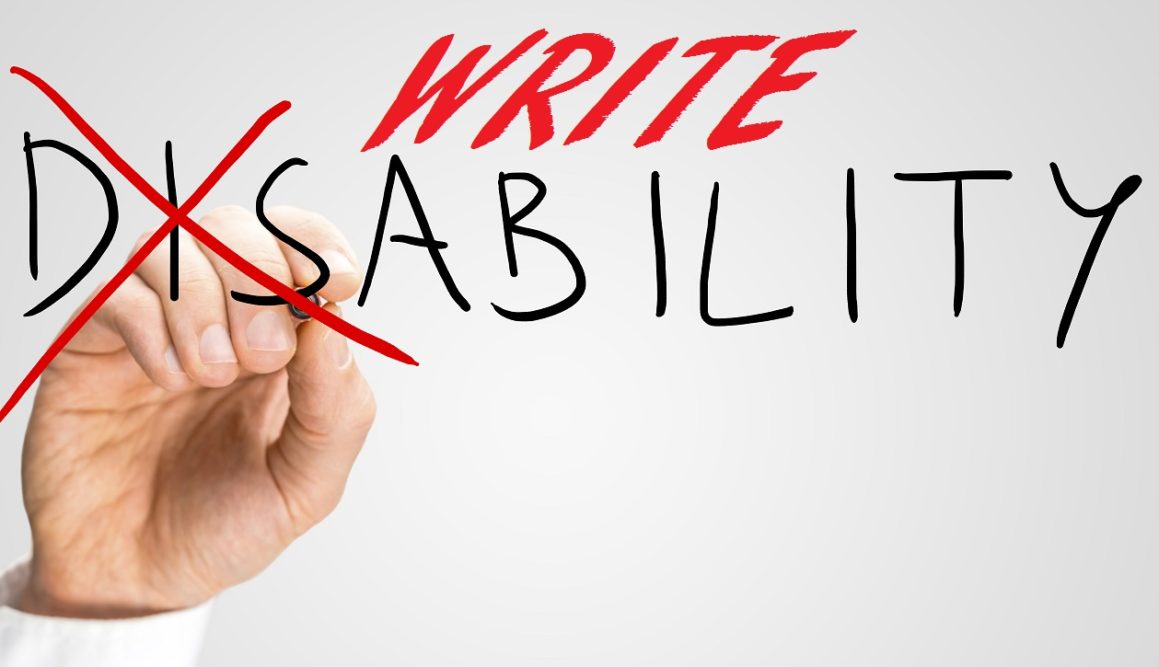
This month I’m talking to author Cherrilynn Bisbano. Many of you may know her, she is the Associate Editor of…
January 29, 2017
Several days have passed, and I was sure that the excitement I felt when my wife and I attended…
January 28, 2017
The comma is one of those punctuation marks that has an outsized impact in relationship to its size.…
January 27, 2017
I will be attending the New England Crimebake this year for the tenth time. The first time I attended…
January 24, 2017
With an incredible sense of purpose, I opened the window blinds and faced the morning sun. Today, I thought,…
January 23, 2017
This time, we’re continuing our look at self-editing with tips from Self-Editing for Fiction Writers, by Browne and King.…
January 22, 2017
[vc_row][vc_column][vc_column_text]The steamer which crossed the Pacific from Yokohama to San Francisco made a direct connection with that from Hong…
January 21, 2017
By Sandra Merville Hart It happened again. Somewhere in the middle of writing the novel, the story got stuck…
January 21, 2017
So the new year has come! Did you make resolutions of things to do or not to do? Will…
January 20, 2017
Go shopping This non-writing exercise can help you connect with your character in a tangible way, by interacting with…
January 19, 2017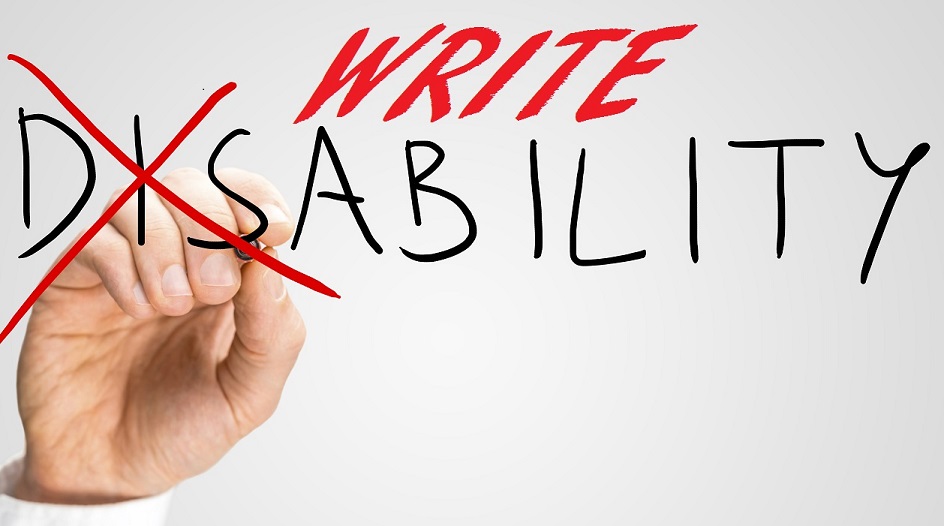
Magazines, literary agents, and publishers continue to look for excellent writing in fiction and non-fiction genres which exemplify diversity.…
January 18, 2017
For this post, I’m suggesting some books that you may want on your bookshelves or your may want to…
January 17, 2017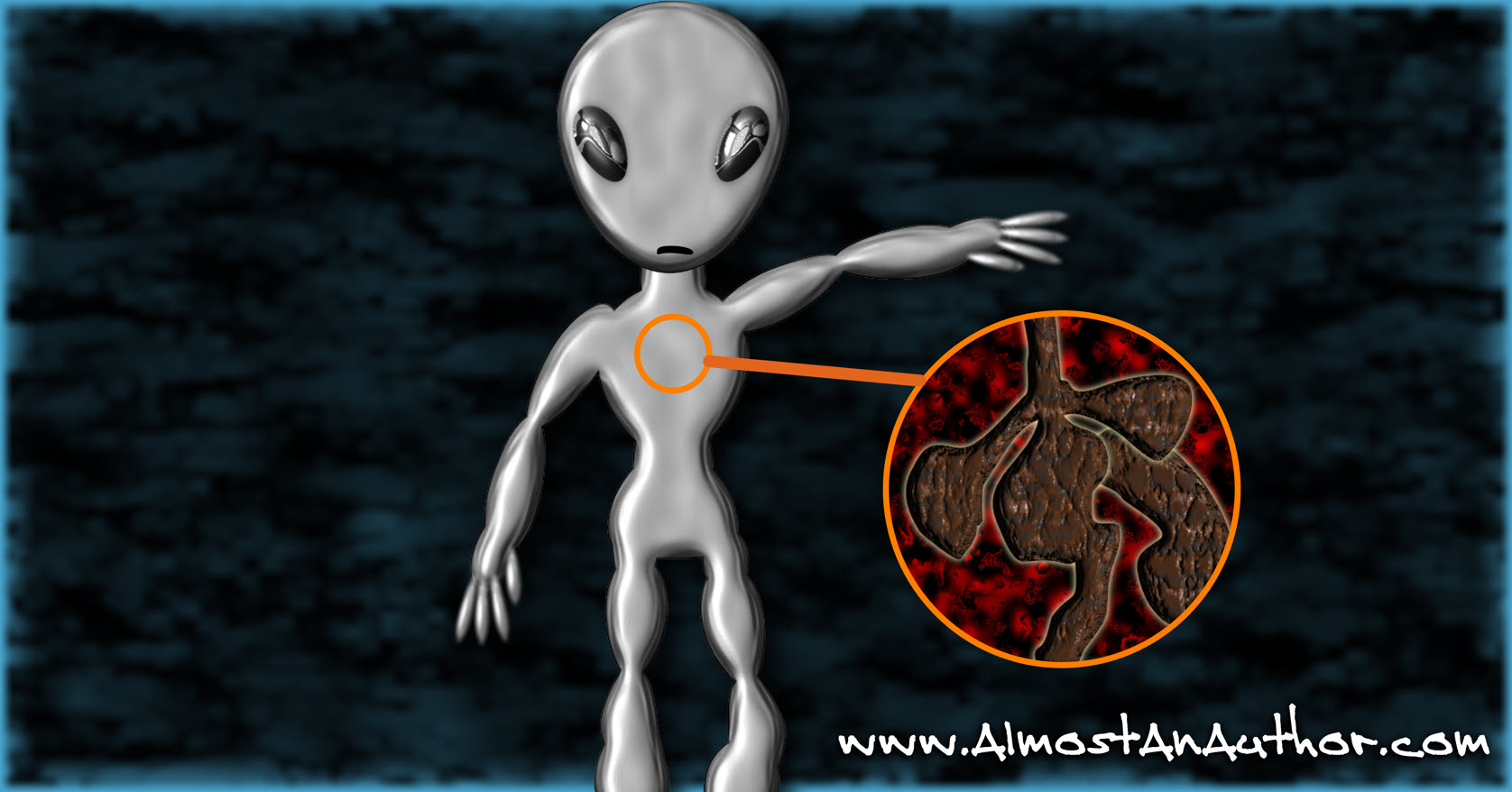
The autopsy window allowed Jim a clear view of the good doctor’s grim work. The gray-skinned corpse had been…
January 16, 2017
Please tell us about your most Recent Book Land of My Dreams – Contemporary Christian Romance Alone and betrayed,…
January 15, 2017
I love print magazines and I take a number of them as a subscriber. When they arrive, frequently I…
January 12, 2017
